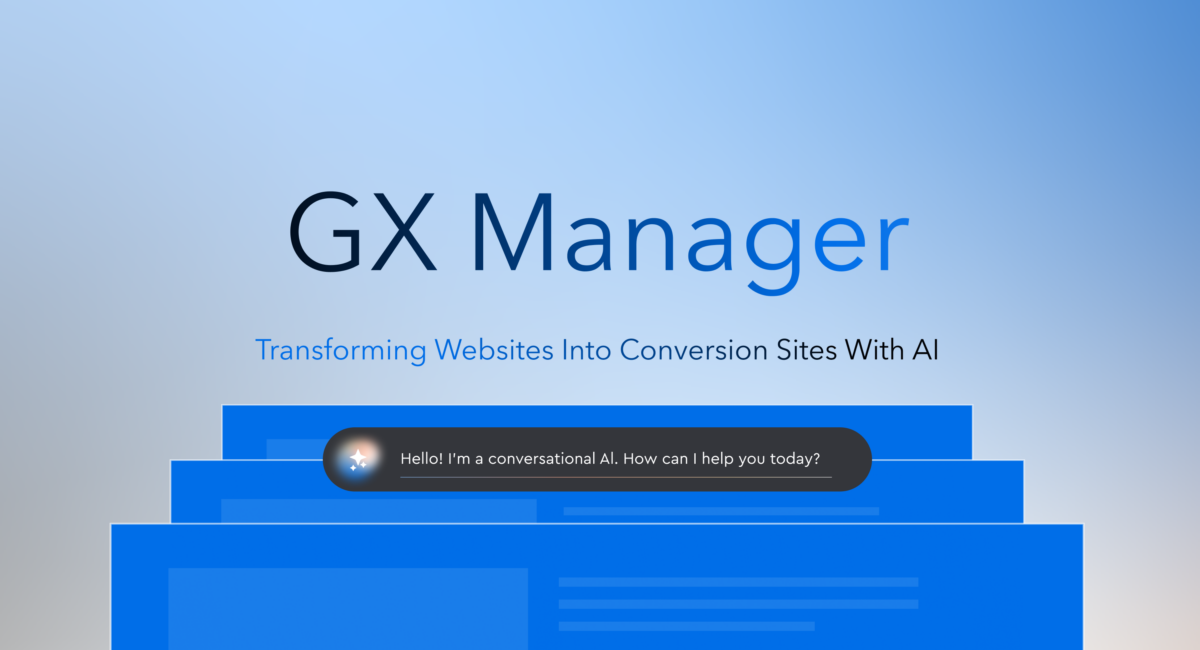|
|
We hate to tell you, but the metaverse doesn’t really exist yet.
It’s also not clear if much of the so-called COVID-19 disruption that’s been dubbed “the new normal” is really here to stay.
For those of us who got used to video calls, IMs, and collaboration in the cloud (or on the server) more than a decade ago, it’s hard to consider many of the technological changes we’ve been seeing as materially new.
But what the pandemic has shown us is that it isn’t the tech—it’s the behavior. It’s not early adoption that matters—it’s mass adoption. The network effect of much of the corporate world suddenly having to work from home but still needing to talk to colleagues made video calls appealing in ways they never really were before.
This need for mass-adoption tipping points is why no one was advocating digital marketing in 1983 when the internet became publicly accessible, and few were in 1994 when the web first launched.
It’s why hardly anyone was advocating social media marketing in 2006 when Facebook launched and we all started talking about Web 2.0. And certainly no one was in 1997 when the term “social media” was coined and the first social media site, Six Degrees, went live.
It’s also why, despite the hype, until the metaverse and Web3 reach mass adoption, you’re better off focusing on where your target audiences are and what they want now, as well as the technologies and platforms you know they’re using today. A YouGov survey found that only 23% of Americans and 17% of Britons “would like to spend some time exploring the metaverse.” And another survey found that 68% of American adults “have no interest at all in the metaverse.” If your audiences aren’t where you’re trying to reach them, all your efforts will go to waste.
So, while Web3 may be coming, we’re still deep in Web 2.0—the social web. It’s a web that’s about building communities of shared interests and meaningful, valued relationships through listening and dialogue.
The shift to video calling during the pandemic—and even the current hype about the VR avatars of the metaverse—is all part of this: a desire for interaction with other people and personalities. Whereas Web 1.0 was a broadcast medium, Web 2.0 is all about socializing and interacting.
But you can still start preparing for Web3 because a core part of this emerging next evolution is earning trust.
It’s not a healthy relationship without trust
Building trust takes time, especially in this age of fake news and conspiracy theories where distrust is rising.
As an agency full of ex-journalists, we’re natural fans of healthy skepticism. But today, skepticism is growing in often unhealthy ways. Official sources are treated as political rather than impartial. Deliberate disinformation campaigns—often designed to appeal to raw emotions like fear and anger—are being countered by fact-checkers on a daily, hourly, minute-by-minute basis. But the task is huge. Distrust has grown so much that some people even deny the pandemic is real.
Even before the pandemic, there were related and growing concerns around data security, privacy, and misuse of sensitive user information. The active opt in to marketing communications that the GDPR insisted on is set to become the norm globally. (A full 67% of internet users worldwide are more concerned with online privacy than they’ve ever been.)
The imminent death of the cookie will only exacerbate this trend.
How to succeed at digital dating marketing
When companies can no longer follow potential customers across the web, marketing will have to get more interesting and more valuable to audiences. Instead of push marketing, the emphasis will be on pull—especially for B2B brands keen to attract the right niche audiences for their products and services. A recent survey found that 49% of B2B buyers said they now rely more on content to research and make purchase decisions.
It’s just like having a conversation with someone you’re interested in dating. And thanks to the death of the cookie and to legislation like GDPR, you’re back on the market, whether you like it or not.
First, you need to listen at least as much as you speak. You need to find out their concerns and interests to see if you’re really a match in digital. Then you need to demonstrate that you understand—through what you say and do.
And like with a love interest, you’ll have to leave them wanting more so that they give you their number/email/TikTok handle (aka opt in to your marketing communications).
As the relationship progresses, you’ll need to find out more about their interests through meaningful interactions as well as performance data. What are they clicking on? Where do they go next? Can you use this to prioritize future content? Are you giving them simple ways to change their preferences? To suggest future topics for you to cover? To request more information? Because even if they’ve willingly given you their details, it’s going to be easier than ever for them to ghost or block you if you fail to deliver on what you’ve promised.
But if you keep listening to shifts in nuances and adjusting your content accordingly, you’ll begin to earn their trust, and their business.
And yes, at this point the dating analogy starts to make this sound like we’re advocating becoming stalkers. But this isn’t about tracking one individual; it’s about finding the commonalities among your audiences to understand their shared interests and needs. This is the start of a community of contacts. It’s an audience segment based on real behaviors and real people, not hypothetical personas. It’s based on how they’re interacting with your brand and your content, in environments you control.
Then, if/when we finally reach the metaverse/Web3 tipping point, you’ll already have strong relationships with your audiences and years of valuable insights into and data about their interests and preferences. You’ll be able to use this to craft more meaningful, more engaging experiences for them in these new, more secure and more personal digital environments.
Because no matter the content platform, medium, or format, the key to successful content is now and always has been to know your audience. Today’s tech changes may make it seem like that’s becoming harder—but the drive for privacy and active opt ins is really an opportunity to build stronger relationships than ever with your audiences.









